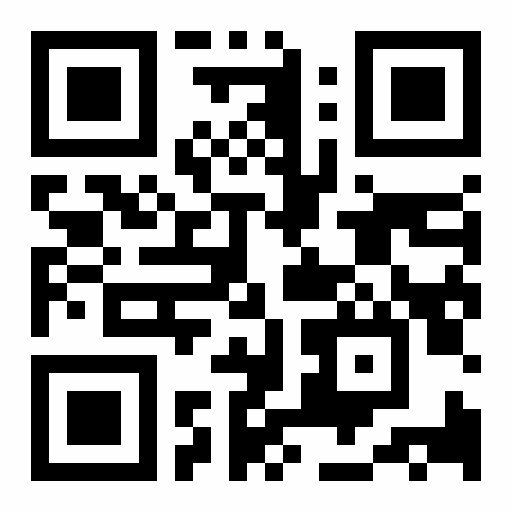
Applied Science Letters


This study investigated the potential pollinators, floral visitors and predators of the Leucaena leucocephala. Monitoring of the standardized number of flowers was done at specified time interval, and the number of predators was also counted at standardized time interval and the data collected were analyzed and tested using F-test. There was a positive relationship on the floral visitors and individual probing flowers ( P<0.05) however the difference between visitation and probing rate was insignificant ( P>0.05). The predation had positive correlation with probing while having negative relation with visitation. The relationship between the visitation and probing suggests that, there is a need to conserve the pollinators in integrated approach by considering other species. This will benefit not only Leucaena leucocephala but also other plant species in the restored sites. Further studies should be done to determine the impact of predators other than dragonflies on the pollination and seed setting.
Keywords; Floral Visitors, Pollinators, Predators, Leucaena leucocephala, Restored Wazo Quarry
K.Ngongolo, S. Mtoka. Can Re-vegetation Quarry in Wazo hill increase the Diversity and abundance of Butterflies. Research report. Heidelbergcement. Twiga cement. The Quarry Life Award-Tanzania. 2012.
K. Ngongolo, S Mtoka. Mahulu, A. Wet Season Diversity Of Butterflies In Restored Mine Of Wazo Hill Tanzania. International Journal of Fauna and biological studies. 2014, (3):01-03.
K. Ngongolo, S Mtoka, A Mahulu. The Abundance and pollinators’ impact on seed setting of Leucaena leucocephala in Wazo Hill restored Quarry, Tanzania. Journal of Zoological and Bioscience Research. 2014,1 (2):6- 10
K. Ngongolo, S Mtoka, A. Mahulu. Mafuwe, K. “Floral visitors of the Ageratum conyzoides in Amani Nature Reserve, Tanzania”, International Journal of Development and Sustainability. 2014, 3 (5):1060-1065.
H.M. Shelton, J.L. Brewbaker. Leucaena leucocephala - the Most Widely Used Forage Tree Legume. Forage Tree Legumes in Tropical Agriculture. The Tropical Grassland Society of Australia. 1998.
http://www.fao.org/ag/agp/AGPC/doc/Publicat/Gutt shel/x5556e06.htm#introduction (accessed 18 may 2015).
D. Maleko, E. Mtupile, The Potential of Leucaena leucocephala Pioneer Trees and Cenchrus ciliaris understory grass species in Soil Improvement and Forage Production at Wazo Hill Quarry. Quarry Life AwardReport, 2012.
P. Willmer. Pollination of Floral Ecology. Princeton University Press,Princeton and Oxford.2011: 5.
K. Ngongolo, S. Mtoka. Using Butterflies to Measure Biodiversity Health in Wazo Hill Restored Quarry. Journal of Entomology and Zoology Studies. 2013, 1(4):81-86.
K. Ngongolo, S. Mtoka. Mining And Environmental Conservation In Wazo Hill: What Can Butterflies Offer In Measuring Biodiversity Health In Revegetated Quarry, The 9th TAWIRI Scientific conference, 4th - 6th December 2013, Snow Crest Hotel, Arusha, Tanzania, 2013.
K . Ngongolo, K. Mafuwe. The Influence of the Invasive Herbs Species Ageratum conyzoides and Stachytarpheta jamaicensis on the Diurnal Floral Visitors to the Native Herbs Species Asystasia gangetica in the Amani Nature Reserve, Tanzania. Research Report to Tropical Biology Association, 2013.
K. Ngongolo, S. Mtoka. Abundance, Nesting and Habitat for White-browed Sparrow Weaver (Plocepasser mahali) in Northeastern Selous Game Reserve, Tanzania. International Journal of Fauna and Zoological studies.
, 1(1):63-67
K. Ngongolo, S. Mtoka. Biological conservation and urbanization, who to win? A case of Kibaha in coastal region, Tanzania. Tanzania Journal Of Natural And Applied Sciences. 2013, 4(1):613-618.
F.M. Mahmoud. Insects Associated with Sesame (Sesamun indicum L .) and the Impact of Insect Pollinators on Crop Production. Pestic . Phytom d . (Belgrade). 2012, 27(2):117–129.
A.A. Muoz, K.T.M M. Arroyo. Negative Impacts of a Vertebrate Predation on Insect Pollinatores Visitation ansd seed Output in Chquiraga oppositifolia. A High Anden Shrub. Oecologia. 2004, 138 (1):66-73.
M.R. Arnord. Pollination, Predation and Seed set in Linaria vulgaris (Scrophulariaceae) American Midland naturalist.1982, 107(2):360-369.
R.L. Nielsen. Next Big Hurdle: Pollen Shed and Silking. Corny News Network, Purdue Univ. 2012.
